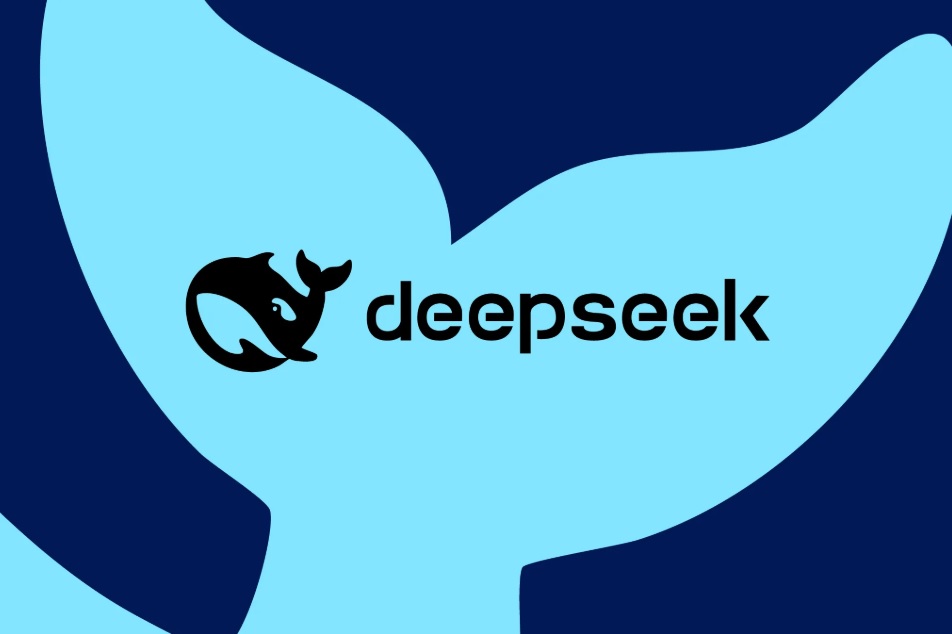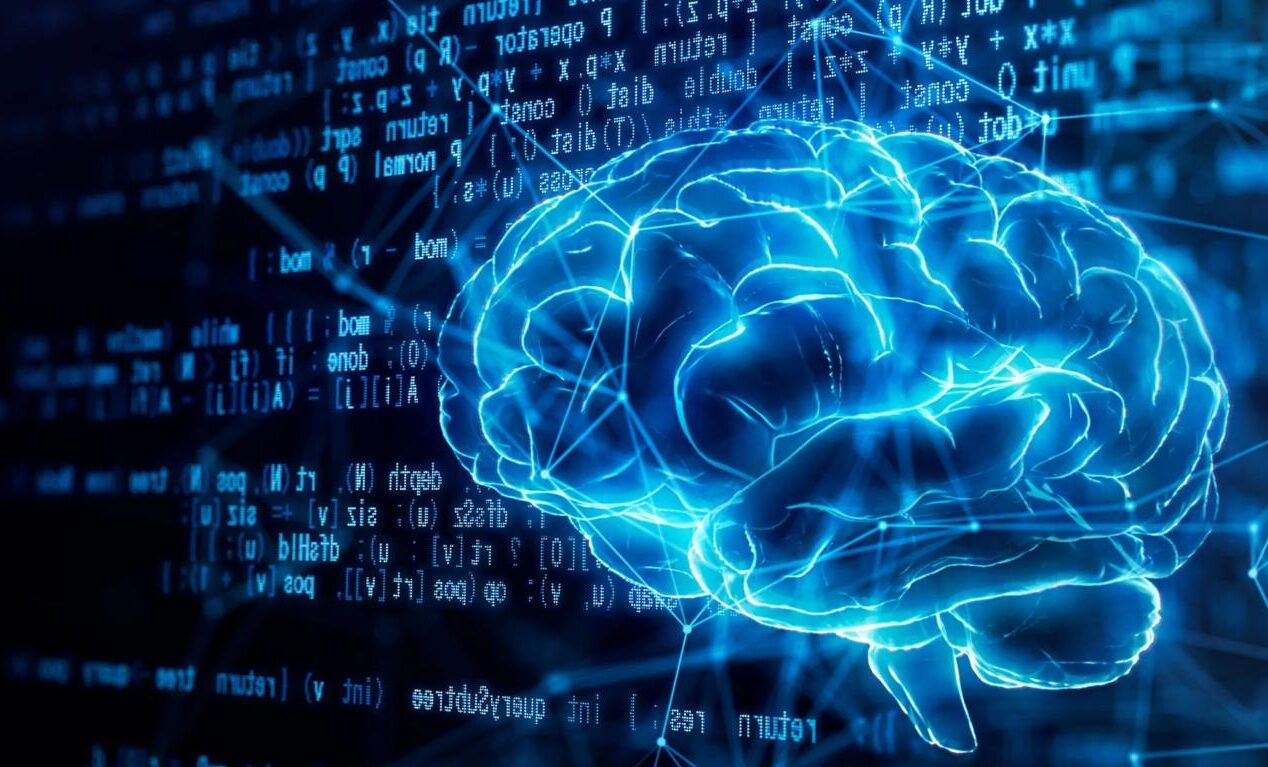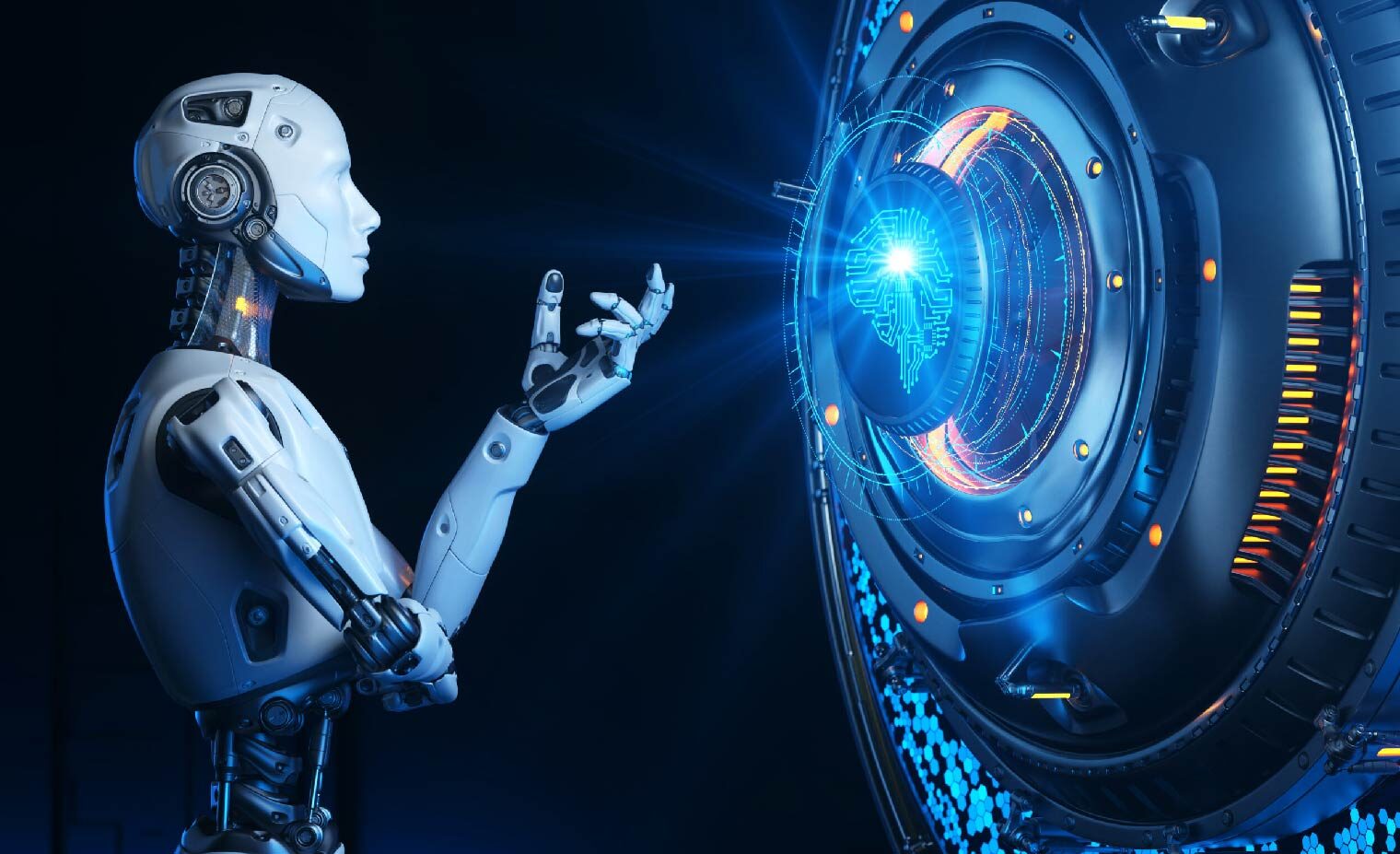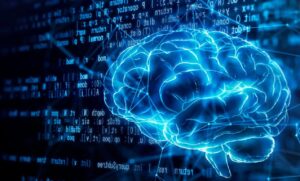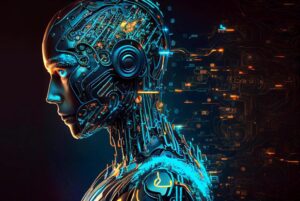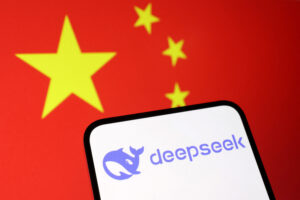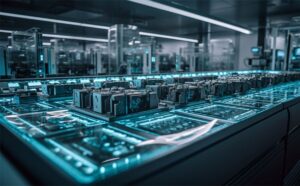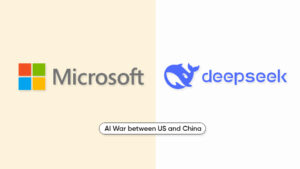DeepSeek: The New Frontier of AI and Its Economic Impact
Welcome to the journey into the world of AI, where artificial intelligence can chat like a close friend, write like a seasoned author, and, believe it or not, can even give a chip giant like Nvidia a ‘headache’. Yes, you heard that right! If you’ve ever felt overwhelmed by the rapid pace of technological advancement, don’t worry; you’re not alone!
Today, we’re going to dive into the emergence of DeepSeek—a “newbie” in the AI field that has surprised many with its low cost yet high performance. While previous models like ChatGPT, Bard, and Llama have set the bar high, DeepSeek has somehow managed to challenge these titans without breaking the bank. Just imagine a David versus Goliath scenario, but instead of a sling, we’ve got cutting-edge algorithms and a touch of ingenuity.
Understanding AI isn’t just a tech-savvy hobby anymore; it’s crucial for navigating our rapidly evolving economy. Artificial intelligence is no longer a distant concept; it’s infiltrating our daily lives, affecting everything from the way we work to how we interact with each other. DeepSeek represents a transformative shift that could redefine the “rules of the game” for AI in ways we’re just beginning to understand.
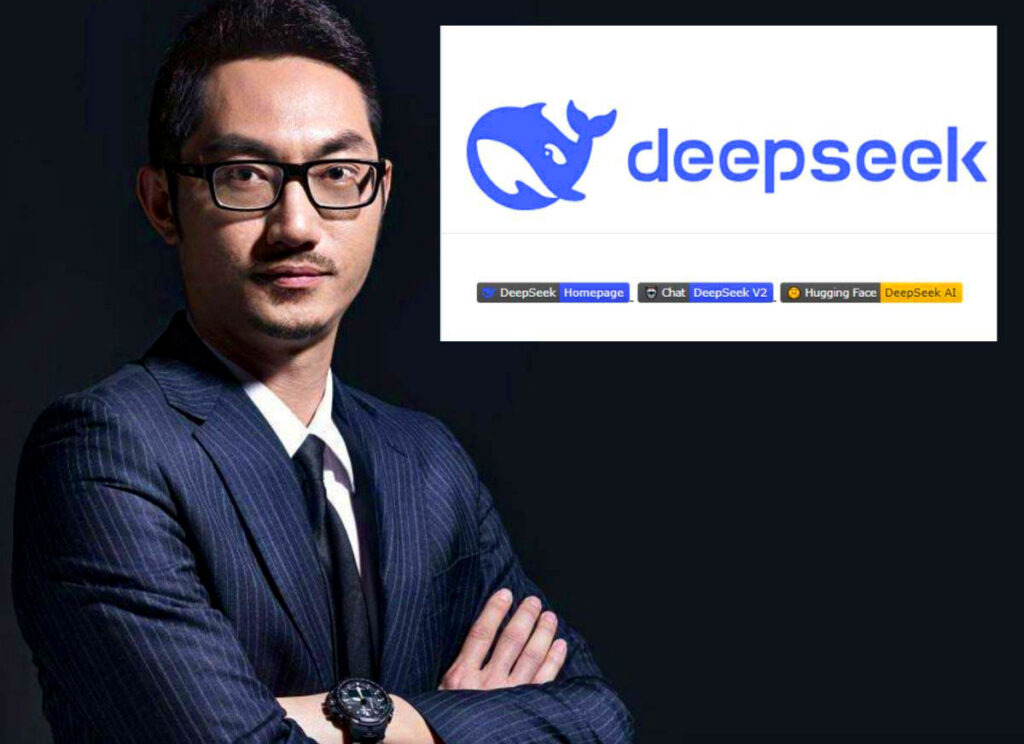
Overview of AI: From Chatbots to Super Models
Artificial Intelligence has come a long way since its inception in the 1950s, when the concept was merely a collection of theoretical discussions about machines that could perform tasks requiring human-like intelligence. The early stages saw AI tackling basic math problems, but the field was largely stagnant, akin to a toddler trying to walk for the first time—frustratingly wobbly and uncertain.
Fast forward to late 2022, a pivotal moment came when OpenAI launched ChatGPT, followed closely by Google’s Bard. These chatbots could not only hold conversations but could also manage to “chat” about almost anything under the sun. They marked the dawn of a new era where AI models, especially Large Language Models (LLMs), began to change the world’s technological interface dramatically. Suddenly, AI was no longer just a subject of academic interest; it was a part of our everyday lives.
Before we had sophisticated language models, the landscape of artificial intelligence was dotted with “naive” AIs. Remember ELIZA? That adorable chatbot that would “smile” at every question, often giving responses that left you wondering if it understood anything at all? It’s like comparing a toddler’s drawing to a masterpiece by Michelangelo. ELIZA was the AI baby, still crawling, while later iterations like GPT-4 are the dazzling adults, confidently strutting their stuff.
However, as we’ve learned, with great power comes great responsibility—or in the case of AI, great cost. Large AI models are voracious consumers of resources, often requiring supercomputers that cost billions of dollars. Companies like OpenAI, Google, and Meta have invested heavily in Nvidia GPUs and cloud infrastructures to ensure their models run smoothly. This has created a somewhat exclusive club, where only the wealthiest organizations can afford the best AI capabilities.
But what if that paradigm shifted? What if we could have high-performing AI without the astronomical costs? Enter DeepSeek, a game-changer that might just rewrite the rules and democratize AI for everyone.
DeepSeek “Challenges” the AI Market
DeepSeek is a Chinese startup that burst onto the scene in December 2023, led by the ambitious Liang Wenfeng. In a world where giants like OpenAI and Google have dominated, DeepSeek boldly declared, “China cannot stay behind.” With a vision to create a pioneering model that could stand toe-to-toe with established players, DeepSeek aims to position itself as a serious contender in the AI race.
The audacity of this approach is not just evident in their ambition but also in their execution. Liang Wenfeng and his team recognized that the AI landscape was ripe for disruption, and they were determined to do just that.
Among DeepSeek’s offerings, two models stand out—V3 and R1. These models are like the beloved children of a doting parent, each with unique strengths and capabilities. V3 is designed for natural language processing, while R1 specializes in image recognition. Both models are trained using mid-range Nvidia H800 chips, which are 96.4% cheaper than OpenAI’s H100 chips.
This innovative approach allowed DeepSeek to build their models at a fraction of the cost—under 6 million USD—while achieving impressive performance metrics. The construction time? A mere two months. While that might sound like a quick turnaround in the tech world, it translates to a significant leap in AI accessibility.
The popularity of DeepSeek’s models can be attributed to their performance, which often rivals that of billion-dollar models from established companies. The secret sauce? Open-source development. By allowing anyone to participate in the development and customization of their models, DeepSeek has created a vibrant ecosystem where innovation thrives.
Imagine being able to run an AI model on a gaming laptop instead of an expensive data center! This paradigm shift not only lowers the barrier to entry for startups but also democratizes AI technology in a way that was previously unimaginable.
To put this into perspective, let’s make a culinary analogy. Imagine you’re at a bustling city with a plethora of dining options. DeepSeek is like a hotpot restaurant that serves delicious food at a fraction of the price—think of it as a “cheap hotpot” that satisfies your cravings without burning a hole in your pocket. Meanwhile, OpenAI is akin to a high-end, 5-star restaurant where the ambiance is exquisite, but you’re left staring at the bill wondering if you should have just had a burger instead.
Both dishes are delightful, but with DeepSeek, you have enough cash left over to order dessert—perhaps a scoop of innovation and a slice of creativity!
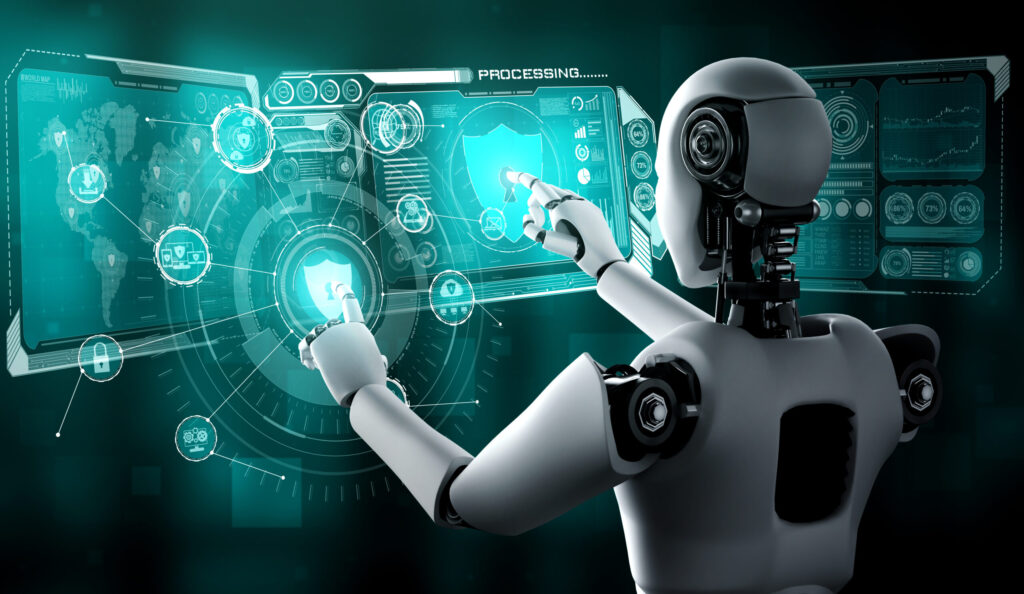
The Story of Open Source and “Catalyst” for AI
At its core, open source refers to software whose source code is made available to the public for anyone to view, edit, and improve. This model of development is akin to an open kitchen where anyone can see the chef at work, suggest new recipes, or even help chop vegetables. It fosters collaboration and innovation, creating a fertile ground for creativity to flourish.
The importance of open source cannot be overstated, especially in the realm of AI. In a world dominated by a few tech giants, open source presents an opportunity for smaller players and independent developers to contribute to the field. This collaborative spirit helps democratize technology, making powerful AI tools accessible to those who may not have the massive resources of companies like Google or Microsoft.
DeepSeek embodies the spirit of open source by embracing community involvement in their development process. By allowing developers from around the world to contribute to their models, DeepSeek benefits from a collective intelligence that propels innovation forward at lightning speed.
This collaborative model not only accelerates development but also creates a more “democratic” playground for AI. With more contributors comes a diversity of ideas, perspectives, and technologies that enhance the models’ capabilities. This collaborative approach also puts pressure on pricing, as AI models that charge fees might be forced to adjust their pricing strategies to remain competitive.
Real-life examples of the power of open source in AI are abundant. Take Meta’s Llama, for instance. When the open-source code was leaked, it led to the rapid emergence of numerous “child versions” of the model, each with unique features and improvements. A classic case of “the many getting stronger through collaboration,” these child versions showcased the creativity and ingenuity of developers who were eager to push the boundaries of what AI could achieve.
The excitement around such developments is palpable. As constraints imposed by big tech begin to dissolve, we see a new era of innovation where anyone can participate in shaping the future of AI. This is particularly important as we move toward a more interconnected world, where the barriers to entry for creating advanced technology are lowered dramatically.

Nvidia’s Drop and “Confusion” in the Stock Market
Once a darling of Wall Street, Nvidia has seen its stock fluctuate dramatically in response to changing market conditions. The demand for AI chips had propelled Nvidia’s stock to stratospheric heights, but the launch of DeepSeek and its affordable, efficient AI models has sent ripples of panic through the market. In a short span, Nvidia’s stock plummeted by 17%.
This was not merely a statistical quirk; it was a seismic event that shook the foundations of investor confidence. The fear was palpable: could a newcomer like DeepSeek really disrupt a company that had become synonymous with AI advancement?
The crux of the concern stemmed from the fear that new technologies could eliminate the need for Nvidia’s high-end GPUs. Investors began to wonder if the tide was turning; could “cheap and good” solutions replace the expensive yet powerful offerings of Nvidia?
Moreover, the psychology of the investor plays a significant role in such market fluctuations. As rumors spread about China developing affordable AI technologies, many began to reflexively sell off Nvidia shares, fearing that the company might no longer be the “golden goose” it once was.
In the midst of this chaos, the former CEO of Intel weighed in on the situation. He remarked in an article on Genk that abandoning Nvidia shares due to DeepSeek was a “mistake.” He emphasized three key points:
- The AI Market is Still Booming: The overall demand for AI technology has not diminished, and Nvidia remains a crucial player in this expanding landscape.
- DeepSeek Requires Hardware: While DeepSeek is indeed cheaper, it still relies on chips, including those from Nvidia, to operate effectively. Thus, the demand for Nvidia’s hardware remains intact.
- Lack of Competition: Despite DeepSeek’s promising entry into the market, there is no immediate competition capable of replacing Nvidia’s robust ecosystem. The backbone of many AI operations still relies on Nvidia’s GPUs.
Investors, sometimes likened to a herd of sheep, often react to perceived threats in a manner that resembles a scene from a horror movie. When they see a “monster” like DeepSeek rising up, many instinctively start to “run away” without fully understanding the situation. The irony is that this monster is not necessarily as fearsome as it appears.
This scenario serves as a valuable lesson in market psychology: don’t rush to sell off your stocks at the first sign of trouble. It’s essential to analyze the “core strengths” of a company and understand the broader context before making hasty decisions.
Low-Cost AI Future – Still Needs Powerful Hardware?
DeepSeek has demonstrated that it’s possible to create effective AI models without the need for billions of dollars in investment. This shift is not just revolutionary; it represents an economic paradigm change, allowing small startups to compete fairly with established giants. As more organizations recognize that they can build powerful AI without breaking the bank, we could see a flourishing ecosystem of innovation.
From an economic perspective, this opens up avenues for all kinds of businesses, allowing them to leverage AI for their own success. The landscape of AI is evolving, and the future may belong to those who innovate within their means rather than those with the deepest pockets.
Despite the impressive strides made by DeepSeek and its low-cost models, the importance of hardware cannot be overlooked. Even though these models are cheaper to run, they still rely on GPUs for training and deployment. The Nvidia H800 may be older than the H100, but it remains an essential part of the AI infrastructure.
As the number of companies like DeepSeek continues to rise, the demand for GPUs will also increase. This means that while the models may be more accessible, the foundational hardware required to support them will continue to be a vital component of the AI ecosystem.
In summary, the rise of DeepSeek signifies a shift in the AI landscape—one that values affordability and accessibility without sacrificing performance. As we continue to explore the implications of this transformation, it’s essential to recognize both the opportunities and the challenges that lie ahead. The future of AI is bright and full of potential, but it requires careful navigation through the complexities of technology, market dynamics, and human psychology.
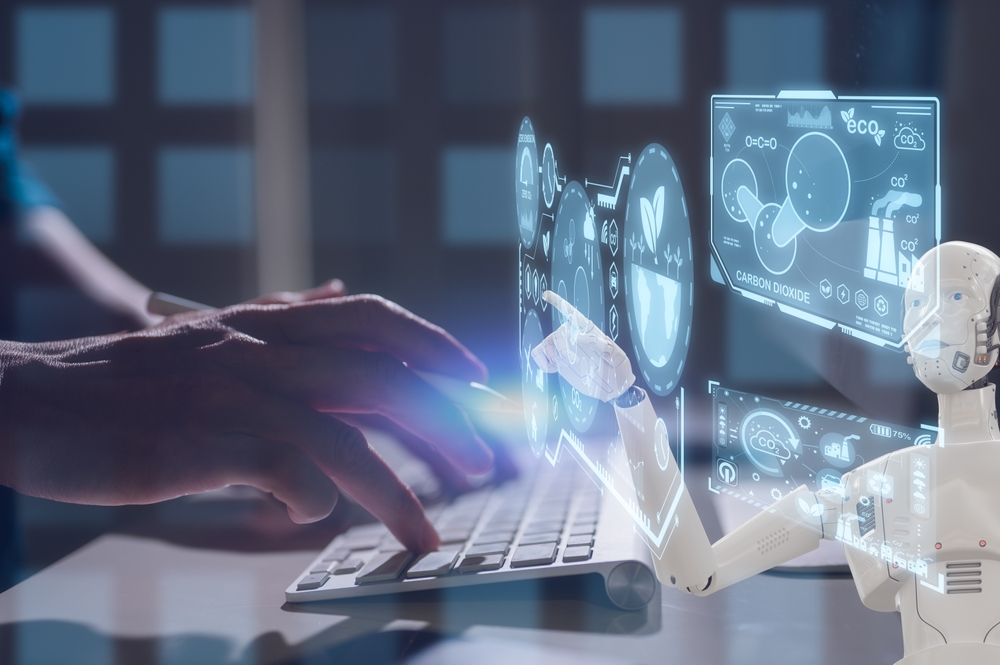
The Broader Implications of DeepSeek’s Success
As DeepSeek leads the charge in affordable AI, its implications ripple through the startup ecosystem. Small businesses that once feared the high costs of AI adoption can now explore innovative applications that were previously out of reach. The entry of cost-effective AI solutions allows them to automate processes, enhance customer experiences, and ultimately compete with larger corporations.
With the democratization of AI comes the responsibility for governments and regulatory bodies to establish frameworks that encourage innovation while ensuring ethical considerations are met. Policymakers must balance the need for growth with the importance of protecting consumer rights and ensuring data privacy.
The open-source model, championed by DeepSeek, could redefine the landscape of AI research and development. Traditional funding models may evolve, leading to a more collaborative environment where researchers and developers worldwide work together to solve complex problems. This shift could accelerate advancements in AI, leading to breakthroughs that we can only dream of today.
In conclusion, the emergence of DeepSeek is not just a story about one company; it’s a narrative that encapsulates the future of artificial intelligence. As we look forward, the potential for innovation, economic transformation, and societal impact is immense. The journey has only just begun, and we’re all invited to be a part of this exhilarating ride.
As we wrap up this exploration of DeepSeek and its broader implications, remember that the world of AI is ever-evolving. The interplay between technology, economics, and human creativity will shape the future in ways we can only begin to imagine. So buckle up—this journey into the frontier of AI is just getting started!
The Ethical Considerations of Affordable AI
While the rise of affordable AI solutions like DeepSeek presents numerous benefits, it also raises a host of ethical considerations that must be addressed. The democratization of AI technology is a double-edged sword; on one side, it opens doors for innovation and accessibility, but on the other, it poses risks related to misuse and the potential for harmful applications.
As AI becomes more accessible, the responsibility of ensuring that it is used ethically falls on everyone involved—developers, businesses, and policymakers alike. We must ask ourselves: How do we prevent misuse of powerful technologies that can be employed for both good and ill?
Regulating AI is a complex and nuanced challenge. Governments and regulatory bodies must find a balance between fostering innovation and ensuring that the technology is used responsibly. The rapid pace of AI development often outstrips the ability of policymakers to create effective regulations.
For example, consider the implications of open-source models—while they encourage collaboration and innovation, they also make it easier for malicious actors to misuse the technology. Imagine an AI model designed for natural language processing being repurposed for generating misleading propaganda or sophisticated phishing schemes. The ramifications of such misuse could be significant.
To navigate these challenges, the development of ethical AI frameworks is essential. These frameworks should provide guidelines for responsible AI development and deployment, addressing issues such as bias, transparency, and accountability.
Organizations like the Partnership on AI and the Future of Life Institute are leading the charge in establishing principles for ethical AI. These principles emphasize the importance of fairness, safety, and respect for human rights, and they serve as a foundational guideline for developers and companies venturing into the AI landscape.
Education and awareness are critical components of ethical AI use. As AI becomes integrated into various aspects of society, it is vital to educate users, developers, and businesses about both the benefits and the potential risks associated with AI technology.
Community engagement is also essential. By fostering discussions around the ethical implications of AI, we can create a more informed public that understands the stakes and can advocate for responsible practices. This collective awareness can serve as a powerful counterbalance to the rush of innovation, ensuring that ethical considerations remain at the forefront of AI development.
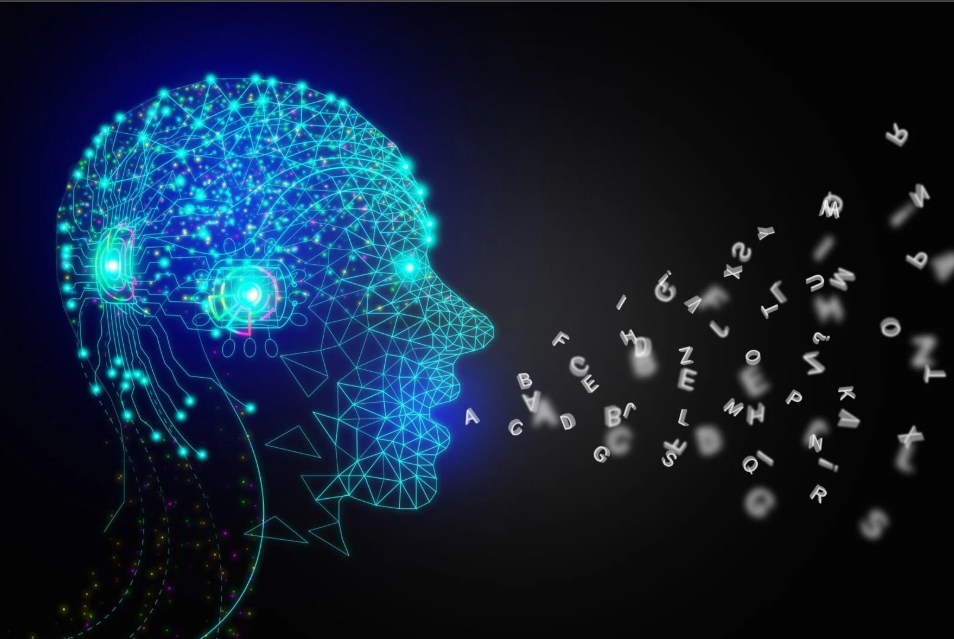
The Future Landscape of AI: Competition and Collaboration
As DeepSeek and similar companies emerge, the competitive landscape of AI is changing rapidly. The barriers to entry are lower than ever, allowing a diverse array of startups to enter the space. This increased competition can drive innovation, as companies strive to differentiate themselves and capture market share.
However, competition also poses challenges. Established players like OpenAI and Nvidia must adapt to this new environment by innovating and evolving their offerings. The traditional business models that once defined the AI industry may need to be reassessed in light of new, cost-effective competitors.
While competition is a driving force in the AI space, collaboration is equally important. The future of AI will likely see a blend of competitive and cooperative dynamics, with companies working together on shared challenges while still competing for market dominance.
Collaboration can take many forms, from joint research initiatives to open-source projects that benefit from collective input. By sharing knowledge and resources, companies can accelerate advancements in AI technology and address complex societal challenges more effectively.
As the AI landscape evolves, building supportive communities and ecosystems will be crucial. This involves not only fostering collaboration between companies but also engaging with researchers, policymakers, and the public to create a holistic approach to AI development.
The success of DeepSeek and other emerging players hinges on their ability to cultivate strong relationships within the AI community. By collaborating with academic institutions and industry partners, they can access a wealth of knowledge and expertise that can drive innovation and enhance their models.
The future of AI is characterized by both competition and collaboration. As we move forward, the ability to navigate this dynamic landscape will be essential for companies seeking to thrive. The interplay between competition and cooperation will shape the trajectory of AI development, influencing everything from technological advancements to ethical considerations.
The Global Impact of Low-Cost AI
DeepSeek’s emergence as a leader in affordable AI has far-reaching implications for developing economies. Access to low-cost AI technology can empower businesses and entrepreneurs in these regions, allowing them to leverage AI for growth, efficiency, and innovation.
Imagine a small agricultural business in rural India that can utilize AI to optimize crop yields, predict weather patterns, and manage supply chains more efficiently. This access to affordable technology could revolutionize industries that were previously limited by high costs and lack of resources.
The advent of affordable AI solutions can also help bridge the digital divide. In many regions, access to advanced technology is limited, exacerbating existing inequalities. By providing low-cost AI tools, we can enable individuals and businesses in underserved areas to participate in the digital economy, fostering greater inclusivity and opportunity.
The global nature of the AI community presents unique opportunities for collaboration. By bringing together diverse perspectives and experiences, we can develop localized solutions that address specific challenges faced by communities around the world.
For instance, a small tech startup in Africa may collaborate with developers in North America to create AI-driven solutions tailored to local needs, such as healthcare delivery or educational resources. This cross-pollination of ideas and expertise can lead to innovations that are both impactful and sustainable.
The global impact of low-cost AI solutions like DeepSeek extends far beyond the tech industry. By empowering developing economies and bridging the digital divide, affordable AI has the potential to create a more equitable and inclusive world. As we continue to explore the possibilities, it is essential to embrace the collaborative spirit that drives innovation and change.

The Future of AI Development
As we look ahead, several key trends will shape the future of AI development and its integration into our daily lives. Understanding these trends is essential for businesses, developers, and policymakers seeking to navigate the evolving landscape.
The push for ethical AI will gain momentum as more organizations recognize the importance of responsible development. As AI becomes more integrated into society, the demand for transparency and accountability will increase.
Companies will need to establish ethical guidelines and practices to ensure that their AI models are developed and deployed in ways that respect human rights and promote social good.
Federated learning represents a significant shift in how AI models are trained. Instead of centralizing data, federated learning allows models to be trained across multiple devices while keeping data localized. This approach has the potential to enhance privacy and security, making it particularly appealing for industries like healthcare and finance.
DeepSeek could leverage federated learning to improve its models while ensuring that sensitive data remains protected. This trend could pave the way for more secure and privacy-conscious AI applications.
The future of AI development will likely see increased collaboration across sectors, including academia, industry, and government. By working together, stakeholders can share knowledge, resources, and insights to accelerate innovation and address complex societal challenges.
This collaborative spirit is essential for tackling issues such as climate change, healthcare disparities, and economic inequality, as AI can provide valuable solutions to these pressing problems.
In an ever-evolving field like AI, continuous learning will be crucial for staying ahead of the curve. As new algorithms, techniques, and best practices emerge, developers and organizations must invest in ongoing education and training.
For example, an AI developer who embraces continuous learning can adapt to new methodologies and leverage the latest advancements in AI technology. This commitment to lifelong learning will be a defining characteristic of successful professionals in the field.
The future of AI development is filled with exciting possibilities and challenges. By focusing on ethical considerations, embracing innovative learning approaches, and fostering collaboration, we can navigate the complexities of this rapidly changing landscape.
As we move forward, it is essential to remain vigilant, adaptable, and committed to harnessing the power of AI for the betterment of society.
Preparing for an AI-Driven World
As we prepare for an AI-driven world, it’s crucial to embrace change and adapt to the new realities that AI brings. This requires a mindset shift for individuals, businesses, and governments alike.
The demand for AI-related skills will continue to rise. Professionals in various fields must be equipped with the knowledge and tools to work alongside AI technologies. This includes not only technical skills, such as programming and data analysis, but also soft skills like critical thinking and adaptability.
Educational institutions will play a vital role in preparing the next generation for this new landscape. By incorporating AI education into curricula, we can ensure that future workers are equipped to thrive in an AI-driven economy.
Organizations must be willing to rethink their business models in light of AI advancements. The integration of AI can lead to new revenue streams, improved operational efficiency, and enhanced customer experiences.
For example, companies that leverage AI for predictive analytics can gain valuable insights into consumer behavior, allowing them to tailor their products and services to meet evolving demands.
As AI technology continues to evolve, policymakers must establish frameworks that promote innovation while safeguarding public interests. This includes regulations that address ethical considerations, data privacy, and accountability for AI systems.
Governments should work closely with industry leaders, researchers, and civil society to create policies that foster responsible AI development. By engaging in dialogue and collaboration, stakeholders can ensure that AI benefits society as a whole.
An AI-driven world must prioritize inclusivity and equity. As AI becomes more integrated into society, it is essential to ensure that all individuals have access to its benefits. This includes addressing disparities in technology access, education, and economic opportunities.
Organizations and governments should actively work to bridge the digital divide and empower marginalized communities. By fostering inclusivity, we can create a more equitable AI landscape that serves the needs of all people.
Preparing for an AI-driven world requires a proactive approach that embraces change, invests in education, and fosters collaboration. By prioritizing inclusivity and responsible governance, we can navigate the challenges and opportunities that AI presents.
As we look to the future, let us work together to build a world where AI serves as a force for good, empowering individuals and communities while addressing the pressing challenges of our time.
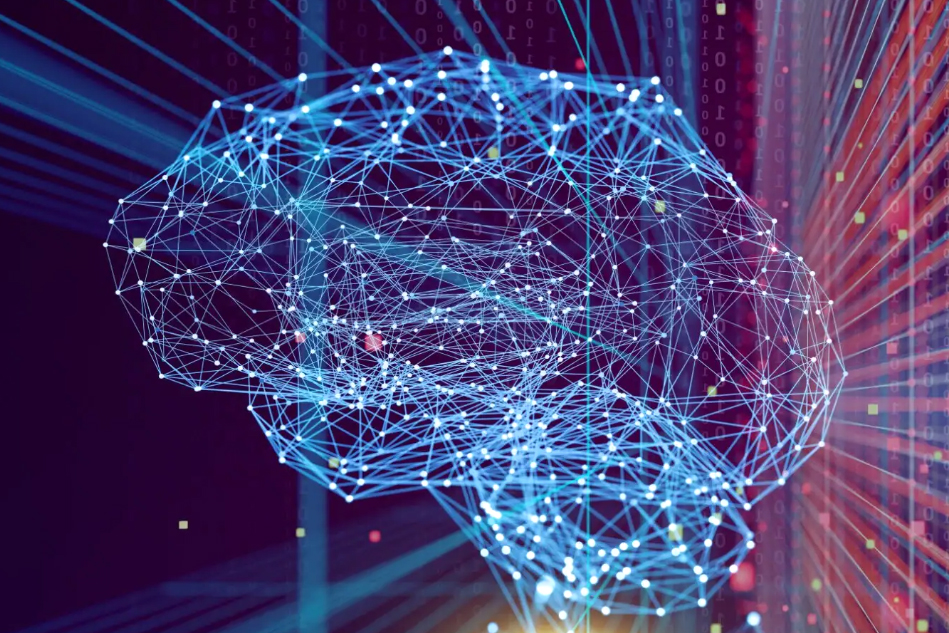
Conclusion: Embracing the Future of AI
As we conclude our journey through the world of DeepSeek and the broader implications of affordable AI, it is clear that we stand on the precipice of a new era. The convergence of technology, economics, and ethical considerations will shape the future of AI in ways we can only begin to fathom.
DeepSeek’s story is not just about a single company; it represents a collective movement toward democratization and innovation in artificial intelligence. By fostering open-source collaboration, addressing ethical challenges, and embracing both competition and cooperation, we can create a future where AI serves as a powerful tool for positive change.
As we look ahead, let us approach this future with optimism and responsibility, recognizing the profound impact that AI can have on our world. Together, we can navigate the complexities of this evolving landscape and harness the power of AI to build a better tomorrow.
Closing Thoughts
Thank you for joining me on this exploration of DeepSeek and the transformative potential of affordable AI. The journey is far from over, and the future holds exciting possibilities. Whether you are a developer, an entrepreneur, or simply an enthusiast, there is a place for you in this dynamic landscape. Let’s continue to learn, innovate, and shape the future of AI together!
The Technological Revolution: How Artificial Intelligence is Changing the World
